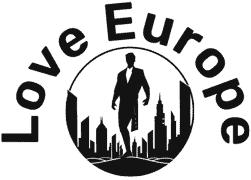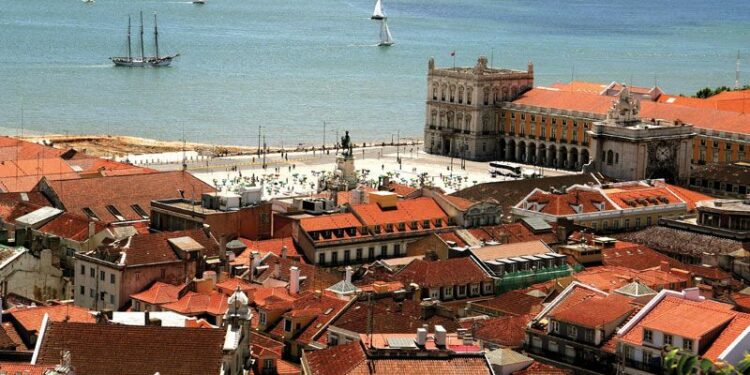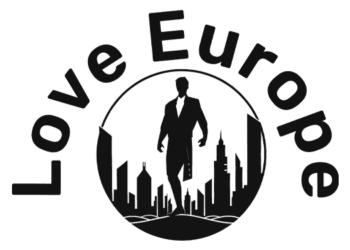Although the Lisbon metropolitan area occupies only about 3 percent of Portugal’s total area, more than one-fourth of the country’s inhabitants reside there. Lisbon experienced a population surge in the 1970s owing to migration from the country’s rural areas as well as the return of Portuguese citizens who had been living in Portugal’s African colonies, which attained independence in 1975. Migration rates stabilized in the 1980s. In the mid-1990s, however, Africans, mainly from Cape Verde, were the most populous immigrant group; with a birth rate considerably higher than the national average, they contributed to a renewed growth of the population.
At the beginning of the 21st century, the foreign population accounted for about one-tenth of Lisbon residents. In addition to those from Cape Verde, immigrants arrived from Brazil, Angola, Guinea-Bissau, and various European countries. There are also smaller South Asian communities in the city proper and metropolitan area. Although this migratory current has put a strain on the city’s resources, Lisbon’s mixed population has transformed the city into a cosmopolitan and dynamic metropolis.
Economy
Lisbon’s economy has historically been based on the fishing industry. Since the 1970s other industries have migrated from the Baixa to other locales in the metropolitan area. Following the 1975 revolution, Lisbon’s heavy industries were nationalized. By the 1980s they had been reprivatized, with multinational companies dominating the technology and pharmaceutical industries. Since the 1990s services have become the dominant economic activity of Lisbon.
Manufacturing corkA worker cutting away the bark from a cork oak in Portugal. The bark is used to make cork.(more)
Heavy industry (i.e., shipbuilding, steelworks, and oil refining) has become obsolete; however, plants were modernized to produce automotive parts, chemicals, electronics, tobacco, paper, and foodstuffs. Since the 1990s, foreign-owned automotive assembly and food production plants have opened in newly constructed industrial centres in the metropolitan area. Traditional industries such as cork and textiles have maintained their competitiveness through technological innovation, however.
Finance and other services
Service activities dominate the Lisbon economy, employing more than three-fourths of the labour force. Tourism and commerce have played a major part in Lisbon’s modernization, and revenues from tourism have helped offset usually negative national trade balances. The 1998 World’s Fair and the impressive waterfront renovation have contributed significantly to a new image of Lisbon. The fair sparked a radical renewal of the most derelict areas of the city. Slaughterhouses, waste treatment centres, and oil refineries have given way to recreational and health centres, museums, hotels, and new housing. Lisbon’s temperate climate, nearby beaches, castles, and historic districts attract a significant number of tourists each year, and the city is a popular port of call for cruise ships. Several foreign bank branches operate in the city. Since Portugal’s entrance into the European Economic Community (later succeeded by the European Union) in 1986, there has been an increase in the number of foreign financial institutions and corporations in Lisbon. Large retail outlets and department stores have opened in the Baixa and on the periphery of the Lisbon city centre.
Britannica Quiz
50 Capital Cities at Random Quiz
Transportation
Lisbon is connected by rail and road to the interior of Portugal and to the rest of Europe. The 1.5-mile- (2.4-km-) long 25th of April Bridge, one of the longest suspension bridges in western Europe, has served as the main roadway into the city since it was built in the mid-1960s. Inaugurated in 1998, just in time for the World’s Fair, the cable-stayed, combined-purpose Vasco da Gama Bridge, connecting Lisbon and the eastern portion of the metropolitan area to the southern shore, relieved traffic congestion on the 25th of April Bridge and provided additional rail access. A number of other public- and private-funded improvements to the city’s transportation infrastructure were undertaken in the1990s in preparation for the fair. Notably, a new subway line was added to the system whose first route opened in 1959, and the trolley system in the historic district that primarily served tourists was refurbished and expanded. Also expanded and modernized was the airport at Portela de Sacavém, some 6 miles (10 km) northeast of the city centre, which offers flights to Europe, the Americas, and Africa. The construction of new highways and underground parking lots increased automobile usage, however, and the abundance of cars increased traffic and pollution in the city.
Source link : https://www.britannica.com/place/Lisbon/People
Author :
Publish date : 2024-10-27 05:00:00
Copyright for syndicated content belongs to the linked Source.


